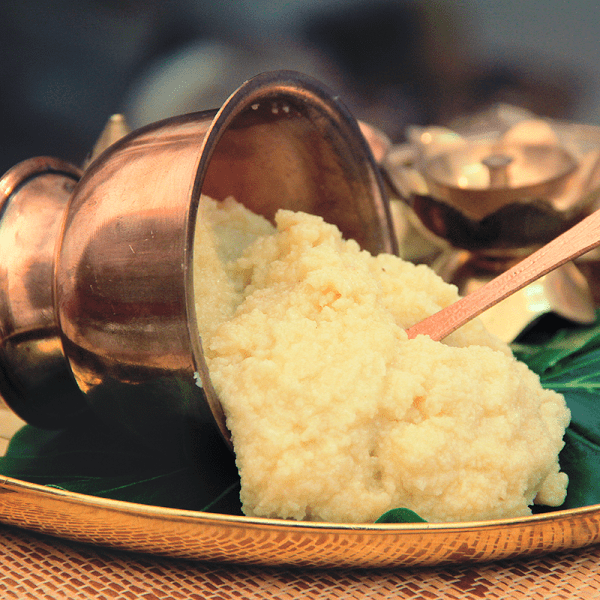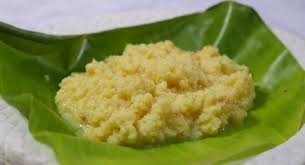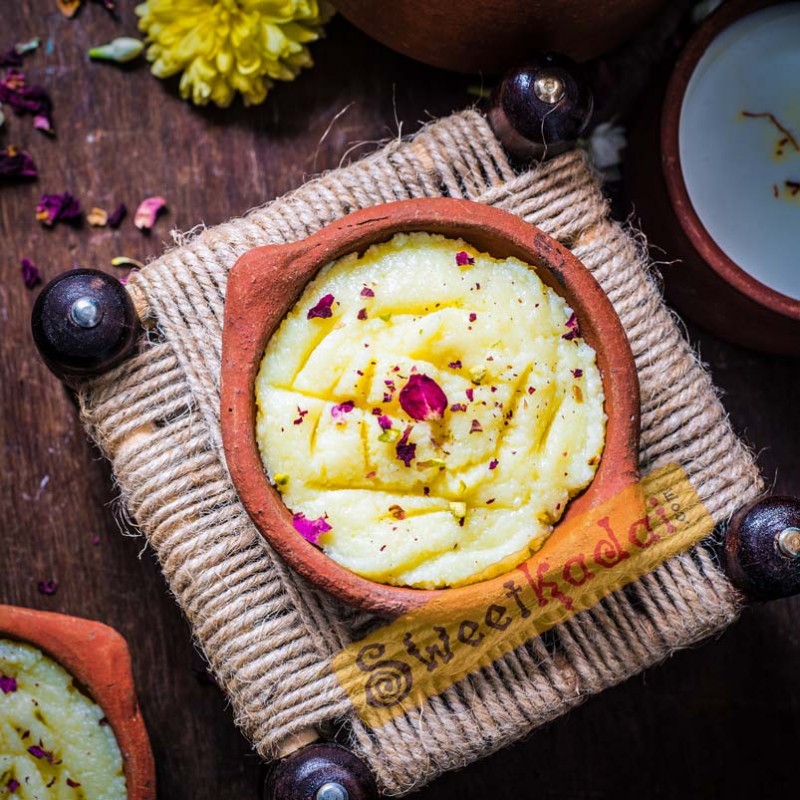Srivilliputtur Palkova is a sweet prepared using raw milk and sugar. ‘Palkova’ is a milk peda in North India. Srivilliputtur is a famous city in the Vridhunagar district in the Tamilnadu state. The reason behind naming Palkova as Srivilliputtur Palkova is that, Srivilliputtur is the place where Palkova is originated.
Srivilliputtur is known for the production of large milk quantity, the main reason for sweet and dessert production. Since the 1970’s Srivilliputtur Milk Co-operation Society Ltd. and many other local dealers started producing desserts taking the benefit of high-quality milk. And these made Srivilliputtur the main productivity base for Palkova in Tamilnadu.

Palkova is the milk sweet recipe, we can find many sweet products made out of milk, yet Palkova is among the simplest and famous there. We only need milk, sugar and ghee. It can be prepared by simmering the milk for at least 1.5 to 2 hours. It is needed to strive it minute to minute. After the slight color change, we can add sugar and ghee keeping in simmer as before and stirring from time to time.
But the real essence of Palkova can only be found in Srivilliputtur. It takes a lot of practice to get a fine-grained texture and a sweet that is not so sweet and not so less sweet. There is the history behind the Palkova sweet. It is said that this sweet’s roots are connected with the Tirunelveli halwa family. Palkova was made by the Rajput’s Singh when they were brought to Tamilnadu as the cavalryman for the kingdom of Sokkampatti.

In 2019, Srivilliputtur in Vridhunagar district, the geographical indication registry of India(Chennai) approved the petition for Geographical Indication(GI) tag which was filed by Sanjai Gandhi in 2014 for the society. The certificate was issued to the Srivilliputtur co-operation milk society in Vridhunagar in 2019 itself. The motivation behind the GI tag approval can be thought as the uniqueness of the Srivilliputtur Palkova production. The richness of high quality in milk can be found reflective in the making of Palkova. It shows the power of the traditional technique to produce the real quality despite having quantity.



